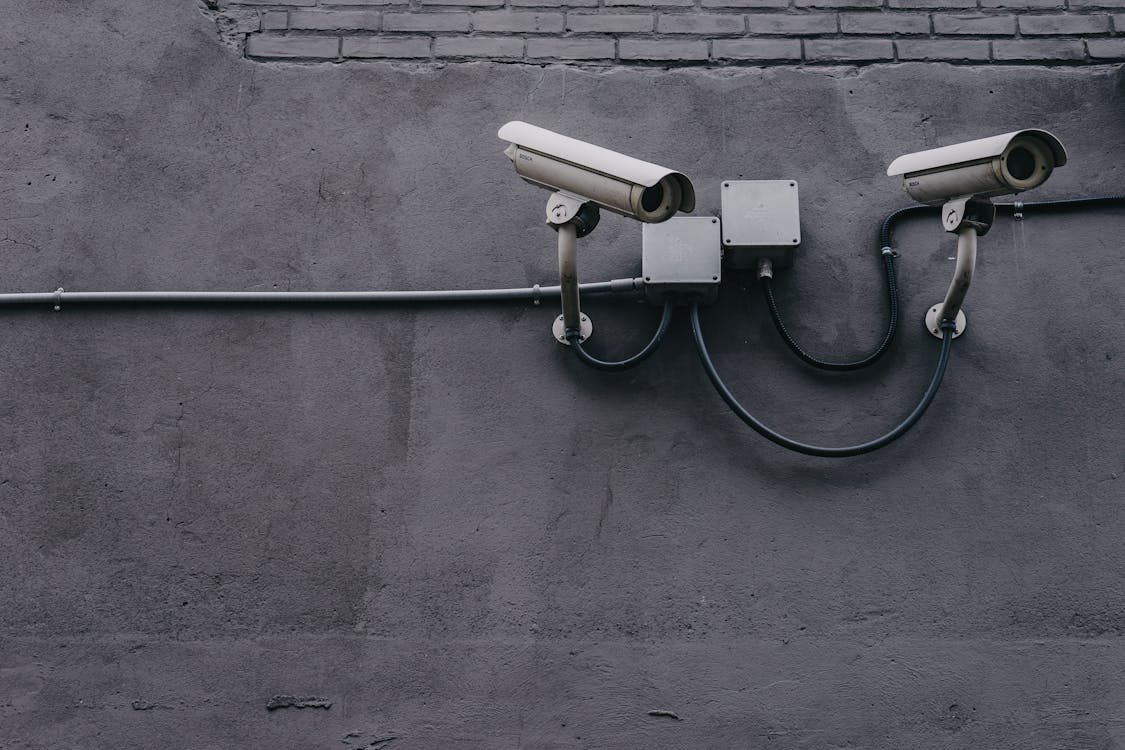28 Apr Improving Remote Work and At Home Security
Cybersecurity At Home is Critical

Due to COVID-19, many are finding themselves working from home. That’s because it’s a modern solution to a modern problem when workers cannot physically get to their job. It’s a brand new experience for those who never worked via remote solutions.
At first, it appears an ideal fit. Working from the comfort of your home? Sounds fantastic! Without stress and worry factors you’re bound to be more productive than ever! Getting a snack or taking micro-breaks is suddenly no big deal and your office can be just about anywhere, right? But as you sit down and pour some coffee, ready to pile into whatever work assignment is available, a few things happen. Concentrating is harder, as is keeping your office device more secure. What if you have a tech question? And you keep checking your phone and it’s already noon and oh no.
Well, as it turns out, working from home provides a whole slew of challenges. So, while you’re trying to get into a rhythm of self-imposed concentration, you also find cybersecurity is much harder. You no longer have expedited access to IT professionals if something goes awry. But what now? You’re expected to manage the cybersecurity front all by yourself, and you have to keep focused?
While learning how to remain productive and focused on your own is indeed a challenging prospect for a number of reasons (you associated a home environment with not working, for example), Bytagig can at least help you with the security front. You don’t need to be a technical wizard to do these things, and by implementing these steps, you’re making company data safe – and your own, by proximity.
Implementing At Home Cybersecurity Steps
In most cases, your place of work has likely granted you a device – like a laptop or tablet – to perform work tasks. Securing them is a priority, but if not and you must use your own, that’s an even bigger deal.
Update All Software
All work-related software, apps, and firmware should be updated to its latest version. Old versions of the software are intrusion points for threat actors.
Update Anti-Virus
Anti-malware software is essential for thwarting dangerous data threats, as you can imagine. Business hardware typically includes its own version, but all other personal devices should have their security features updated to the latest version.
Remove Bloatware/Unnecessary Software
Not only does needless software create potential intrusion points for your hardware, but it can bog down performance too. When working from home, you want to have all task-oriented programs running as smoothly as possible. It’s also a good time to snip “bloatware,” aka programs you didn’t install or go unused.
Use VPN If Available
A VPN (virtual private network) is a powerful encryption tool that can shield data when in use. If your business device has a VPN, absolutely use it. Once more, you’re likely required to. If you don’t have VPN software on your personal devices, consider installing a service to encrypt your browsing data.
Check Connections for Wireless
Depending on your work environment, you’ll want to switch off your device’s option to automatically connect to different networks. Different networks won’t have the same security configurations as your own and thus are more dangerous by proximity.
Configure a Home Office Network
You can configure a network using your internet that only provides access permissions to you, complete with a password. Consider using this and avoid using any other home networks.
Use a Password Manager
Password managers are incredibly helpful for tracking all your logins. They can additionally generate complex ones to improve your data safety. When hackers attain passwords they can use them to break into other accounts if said accounts use that same password. Such an example is the primary reason behind using login managers.
Check and Update Phone Apps
If you use your phone for business-related work, make sure its related apps are all updated.
Separate Accounts
If the home computer is used by multiple people, create a second strictly for job-related use.
Ignore Strange Messages and Contacts
Even with all the best cybersecurity rules in place, human error can undo it. No matter what, err on the side of caution, ignore suspicious messages, and only access work-related content.
Report Threats
If you notice a problem, report to IT asap. Even at home, IT and cybersecurity teams should be available via email or message.
Summary
As you can see, working from home has some dangers associated with it when it comes to cybersecurity. The good news is, protecting your info and company data is easy and can be performed by anyone at any time.
If you’re still having trouble or would like additional security assistance, contact Bytagig for more information.
Share this post:

Sorry, the comment form is closed at this time.